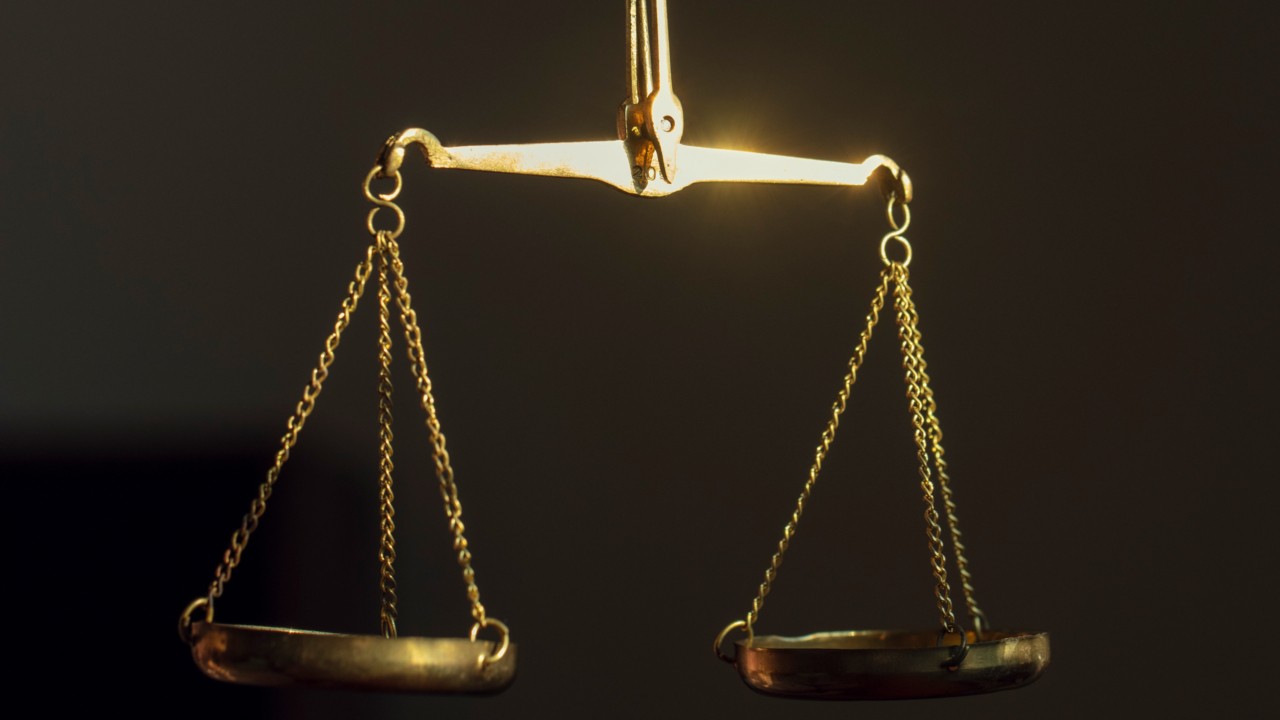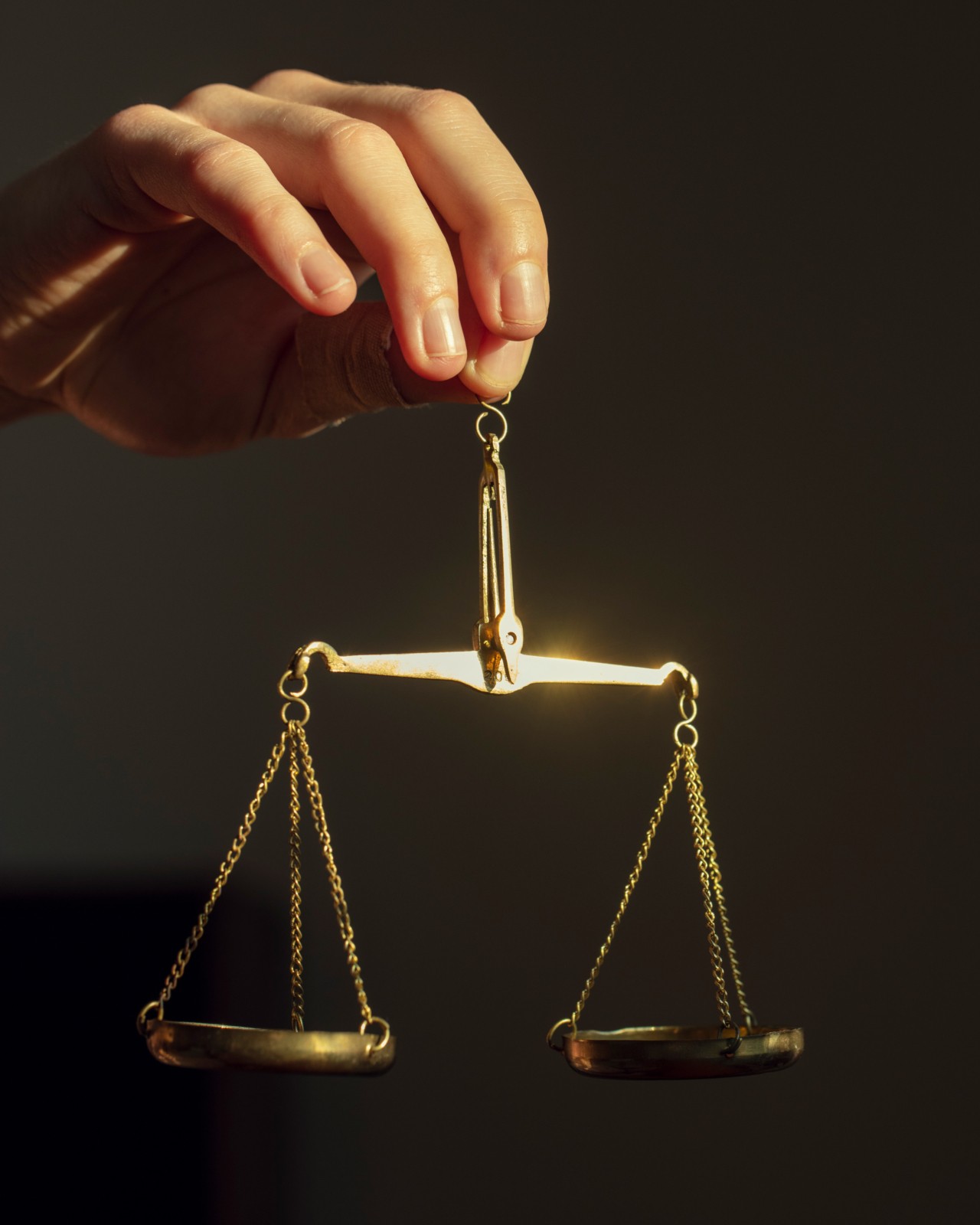

Photograph by Carl Ander / Connected Archives
words by miranda green
It was in early 2017 when it seemed like nearly every person I knew from home was asking me the same question: Should they be worried about what was about to happen in Washington, D.C.?
I had just finished a year traveling across the United States as a reporter on the 2016 campaign trail with Scripps News, where I spent months listening to the shifting promises and rhetoric in Trump’s speeches. I talked for hours to his supporters, endured just as many hours of “Rocket Man” (a rally favorite), and was booed more times than I could count at his events.
I reassured friends with what I had come to believe as a political reporter: Politics moves slowly. The system is built with checks and balances. No single president can change that much on his or her own.
Fast forward to 2025, and I have to admit—that advice was naive.
Trump’s first presidency showed that when pushed to its limits, some limbs of our three-branched government can bend farther than we’ve ever seen. On climate, he pushed executive orders, rewrote pollution rules, withdrew the U.S. from landmark international accords, and delayed investment in clean energy.
Now, with more than three years ahead of him and Project 2025 as a roadmap, Trump’s climate agenda appears even more laser-focused. By stretching executive power and leveraging congressional allies who largely back his nominations, funding, and bill demands, he’s already made a huge dent in his goal of putting fossil fuels on a pedestal.
That leaves many experts, scientists, and academics placing their hopes in the last branch of government left: the courts.
Nine months into the year, American courts have already seen challenges to the Trump administration’s cuts to Biden-era Infrastructure Act grants, youth climate lawsuits, and challenges to offshore drilling.
Michael Gerrard, director of the Sabin Center for Climate Change Law at Columbia University, tells me that he’s counted 26 lawsuits filed against the federal government so far this year. Sixteen have yet to receive any court decision.
“Just about everything that Trump is doing on the environment is being challenged in court,” he tells me.
The courts, in short, are going to be very busy.
Since the start of the year, environmental law groups—including Lawyers for Good Government, the Environmental Defense Fund, Earthjustice, the Natural Resources Defense Council, and others—have worked overtime to counter Trump’s rollbacks. These groups, largely philanthropically funded and traditionally focused on separate regions or issues, are now more coordinated than ever, says Kym Meyer, litigation director of the Southern Environmental Law Center.
Meyer now meets weekly with representatives from other firms to review lawsuits and case progress. The reason for the new level of collaboration, she explains, is a focus on shared success.
“Likelihood of success is a big thing,” she says, “which includes: Can you get into court? Do you have plaintiffs with standing? Are there jurisdictional hurdles? I think something non-lawyers often don’t understand, because it is frustrating, is that the administration can do a whole bunch of illegal things, and it’s not as easy as just challenging them.”
Take grants, for example. Several lawsuits challenging cuts to climate and science funding or environment and climate justice block grants were dismissed not on questions of legality, but technicalities, she tells me.
“I don’t think there’s a single court that has said, ‘Oh, that was illegal.’ Instead, all of the fight is over: Can the court issue this type of remedy? Is this the right court for this challenge? Those kinds of jurisdictional details,” she says.
These steps in the legal process mean that cases take a long time. The lawyers I spoke to caution that it’s still very early, especially since the Trump administration is still finalizing changes to already-promised regulations, like the newly proposed changes to the endangerment finding that underpins most EPA climate rules and the government’s ability to regulate greenhouse gases. (We talked about it in last week’s newsletter.)
Teams of lawyers at environmental law groups are focused on monitoring these regulations from agencies like the EPA and the Interior. Any regulatory change requires a public comment period before finalization. If climate groups find the reasoning lacking, they sue, often citing failures in scientific justification. The comment period for the endangerment finding changes closed earlier this week with more than 140,000 comments, underscoring just how much public reaction there’s been.
One notable loss for environmental groups this week was a suit brought by the nonprofit Climate United against Citibank. They sued the bank after it froze access to accounts that held billions in funding from the EPA’s green banking program. It was one of three nonprofits that had sued. Their suit in part asked the courts for an injunction, so they could access the EPA funding, but this week the D.C. Circuit Court vacated the previous ruling that had allowed that.
But there have already been some successes:
● A judge in August halted operations at the Everglades detention center
● Farmers received an injunction to start getting grant money previously promised to them by the USDA that was paused under Trump
● Farmers won another lawsuit restoring a climate website after it was taken offline
● A court once again banned fishing in a Pacific marine sanctuary after Trump officials rolled it back
Internationally, courts have also been active in making important rulings.
In the last year, the International Court of Justice, Inter-American Court of Human Rights, European Court of Human Rights, and the International Tribunal on the Law of the Sea issued strong rulings calling for climate action.
While not legally binding, they mark the first recognition of certain climate obligations and provide precedent that local courts are already citing to strengthen cases. Gerrard of Columbia tells me these international victories are the most encouraging. They show that, while the fight is far from over, the law still offers avenues to hold leaders accountable on climate.
It’s important to keep in mind that many of the climate lawsuits are ongoing, including wins and losses mentioned above. Because losses aren’t necessarily final in federal courts until the Supreme Court rules—or refuses to hear a case.
Which raises the question: How safe are the courts for climate victories, with a conservative SCOTUS?
The answers I’ve received are a mix of trepidation and optimism.
“I’ve always been a hopeful nerd about the law,” Jillian Blanchard of Lawyers for Good Government tells me. “Even in the face of intellectual dishonesty and this admin’s willingness to flout science and fact, the law and the courtroom is the one place where we should be able to establish the facts and the truth of the matter. That includes scientific facts.”
Lower courts have rejected many Trump-era decisions on grants, deportations, and university fines. But the Supreme Court has ruled largely in Trump’s favor. Adam Bonica, a political scientist at Stanford, broke this down in a June 25 Substack, writing that between May 1 and the end of June this year, federal district courts ruled against the administration 94.3% of the time, while SCOTUS sided with the administration in 93.7% of its cases.
It’s no wonder representatives of the administration have asked SCOTUS to take up a slew of climate lawsuits that aim to hold the oil and gas industry accountable for climate change.
According to Sam Sankar of Earthjustice, there’s hope when you read between the lines.
“The courts are working imperfectly, but that is nowhere near saying that the courts aren’t working,” Sankar tells me. “Quite the opposite. The lower courts in particular are doing a lot.”
As he puts it, the government is not winning—it’s just not losing.
The legal path may be more complicated than it used to be, but the reality is that lawsuits matter. For example, the Supreme Court handed the administration a procedural win in the birthright citizenship cases, but advocates adapted and filed other types of lawsuits. And the net result is that four separate lower court decisions have, for now, frozen the president’s agenda on that front.
History backs up Sankar’s positive thinking. During the first three years of Trump’s first term, Earthjustice sued the Trump administration more than 130 times. Of the cases that received verdicts, the organization won about 85%.
Sankar put it bluntly: “If the courts weren’t there, the Trump administration would be doing even more batshit stuff.”
Can the Courtroom Save the Climate?